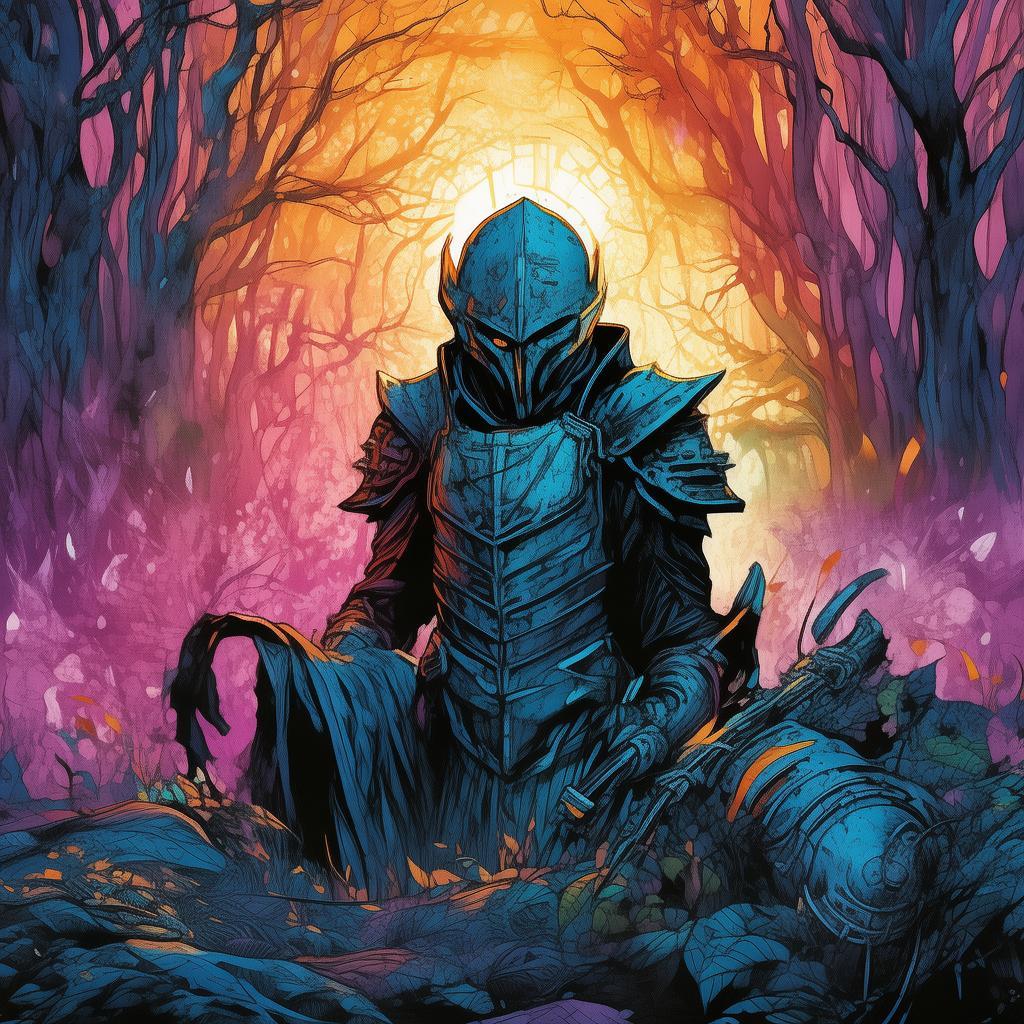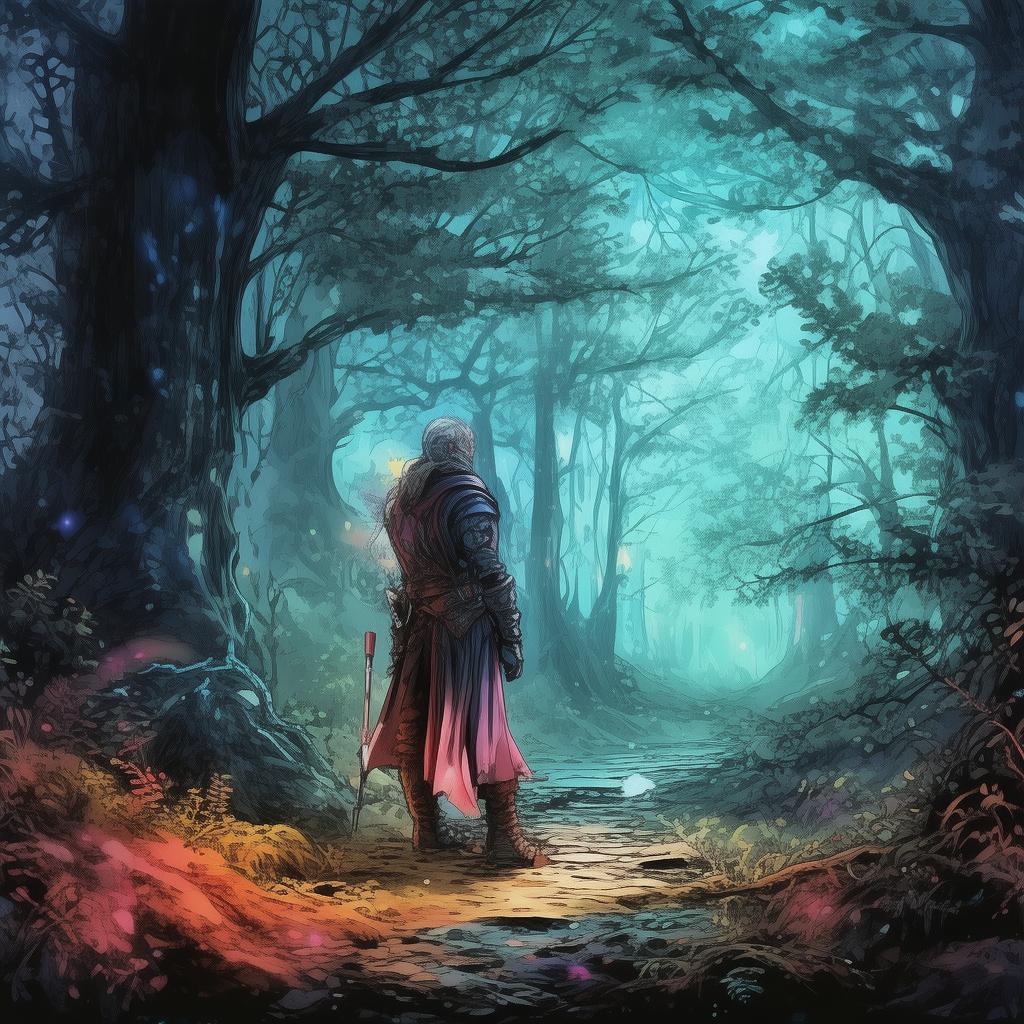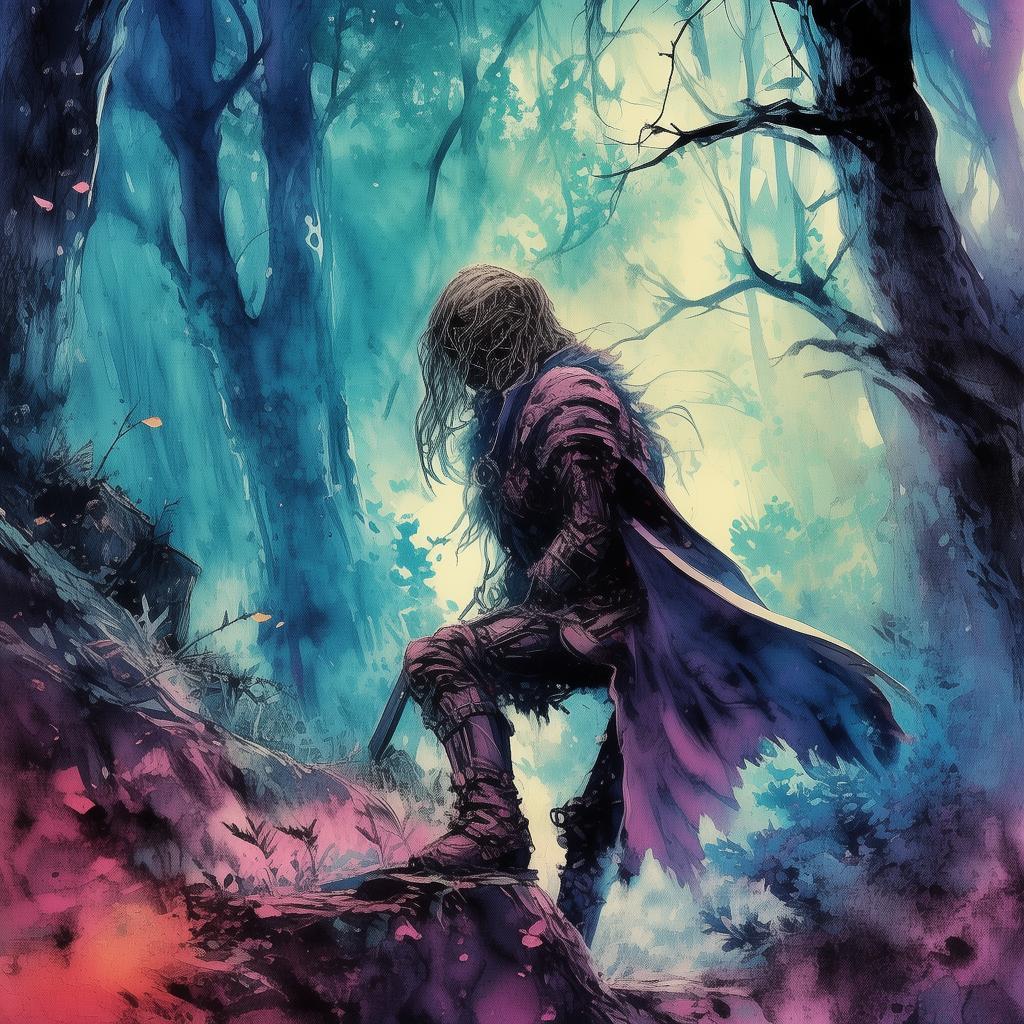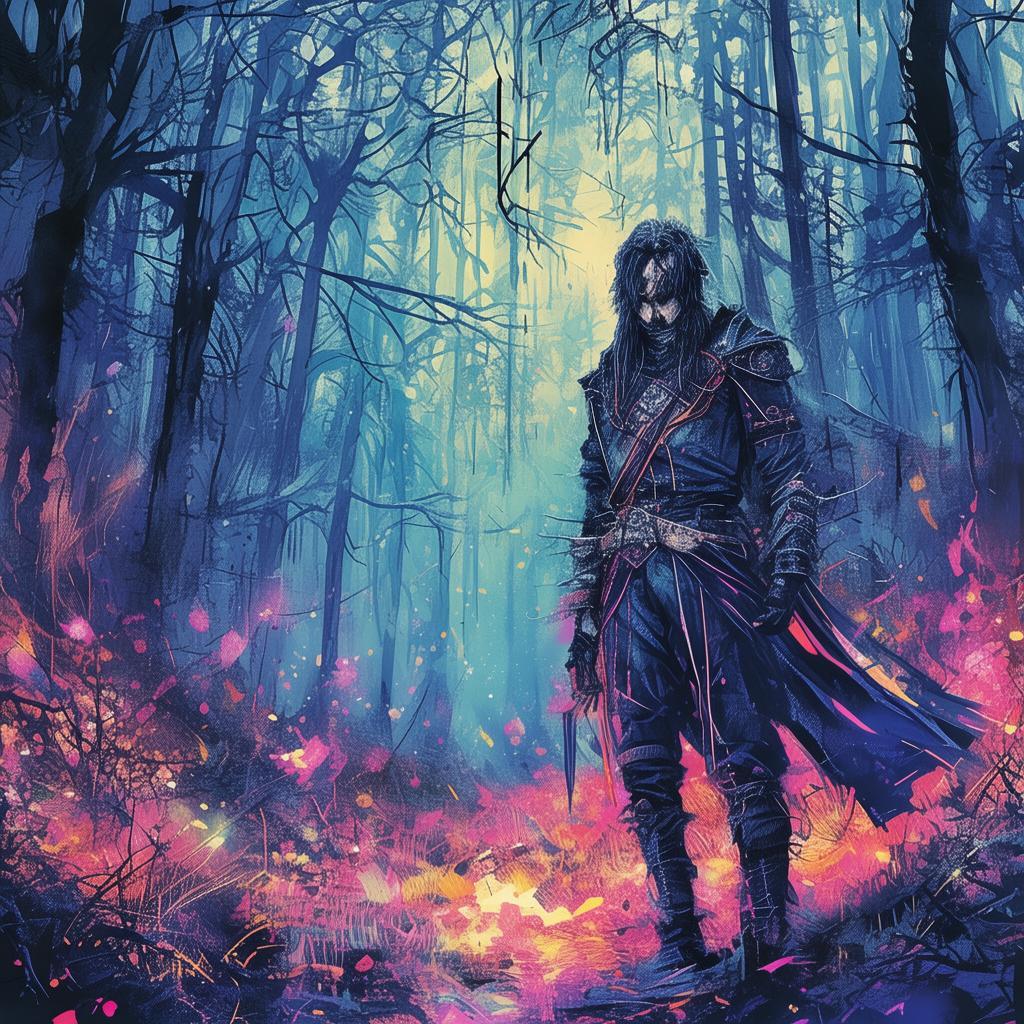The Silent Whisper of the Unseen Hand
In the heart of ancient Pingyang, where the whispers of the ancient gods were said to still echo through the cobblestone streets, lived a young woman named Lian. She was known not just for her exquisite craftsmanship but for her soulful artistry that seemed to breathe life into her creations. Lian was a clay sculptor, a master of the delicate art that allowed her to mold lifeless lumps of earth into living, breathing figures that told stories of love, loss, and resilience.
But there was a curse that followed Lian wherever she went. It was a clayphobia, an irrational fear of the very material that she had once loved so deeply. The clay that others handled with ease and joy became to her a source of terror, causing her skin to break out in hives and her heart to race with panic. The curse was a silent whisper, a constant reminder of the delicate balance between life and art.
One day, as Lian worked in her dimly lit workshop, her fingers danced over the soft, cool clay, shaping it into a delicate vase. As she finished, a sudden, chilling sensation swept over her, and she found herself gasping for breath. She looked down at her hand, and to her horror, the clay was beginning to take on a life of its own, transforming into a figure that seemed to beckon to her.
Lian’s heart pounded as she watched the figure come to life. It was a man, tall and handsome, with eyes that seemed to pierce right through her soul. He smiled, a gentle, sorrowful smile that told of a thousand unspoken words. Before she could react, the figure vanished, leaving behind only a faint scent of sandalwood and a feeling of profound connection.
From that moment on, Lian’s dreams were filled with visions of this man, a stranger from another time. She was drawn to him, as if by an unseen hand, and she longed to know who he was and why he had chosen her. As the dreams grew more vivid and the connection between them deeper, Lian began to piece together a story of love and betrayal that spanned lifetimes.
The man, she learned, was a warrior named Qing, who had fallen deeply in love with a woman named Mei. Mei was a talented sculptor, much like Lian, and her creations were said to be imbued with the spirit of the earth itself. Qing and Mei’s love was fierce and true, but it was not meant to last. A betrayal by a rival warrior led to Mei’s death, and Qing was forced to flee, vowing to avenge her honor.
But as Qing’s quest for revenge led him through the ages, he found himself unable to let go of his love for Mei. He turned to Lian, the descendant of Mei, as a vessel for his unspoken words and unfulfilled dreams. Each night, he whispered his love and his sorrow to the clay that Lian sculpted, hoping that one day, he would find a way to bridge the gap between their worlds.

Lian, too, felt the pull of Qing’s spirit. She was drawn to him, to the love that he had lost and the pain that he had carried for so long. But the curse of clayphobia remained, a barrier that she could not overcome. It was only through her art that she could communicate with Qing, that she could give voice to the silent whispers of his heart.
As the days turned into weeks, Lian’s work began to change. Her sculptures no longer told stories of the earth, but of the love and loss that Qing had experienced. People began to notice the profound emotion that seemed to emanate from her creations, and soon, her work was in demand throughout the land.
But the curse of clayphobia grew stronger, threatening to consume Lian and her art. It was during one of her darkest moments that Qing appeared to her in a dream, his face filled with urgency and sorrow.
“Lian, you must break the curse,” Qing whispered. “You must face the truth that binds us, the betrayal that tears us apart. Only then can you free us both.”
Lian awoke with a start, her heart pounding. She knew that she had to confront the truth, that she had to uncover the secrets of her past and the fate of Qing and Mei. She set out on a journey to uncover the betrayal that had torn her ancestors apart, and as she delved deeper into the past, she uncovered a web of lies, love, and betrayal that would change her life forever.
In the depths of her ancestral home, hidden away in an ancient, forgotten room, Lian found a journal belonging to Mei. The journal was filled with the love letters that Qing had sent to Mei, letters that spoke of a love that transcended time and space. But there was also a letter that spoke of a betrayal, a betrayal that had led to Mei’s death and Qing’s eternal sorrow.
As Lian read the letter, she realized that the betrayal was not between Qing and Mei, but between her own ancestors. It was her grandmother, Lian’s great-grandmother, who had caused Mei’s death by ordering her to kill Qing, believing him to be a traitor. It was a lie that had been passed down through generations, a lie that had kept Lian’s family from finding peace.
With the truth uncovered, Lian felt a sense of weight lift from her shoulders. She knew that she had to face her fear of clay, to embrace the very material that had been her curse and her salvation. She set out to sculpt a figure of Qing and Mei, to bring their love to life once more.
As she worked, her hands moved with a newfound ease, the clay responding to her touch as if it were no longer a source of fear but a medium for healing. She created a figure that was both Qing and Mei, a testament to the love that had spanned lifetimes and the truth that had been hidden for so long.
When Lian finished, she placed the sculpture in her workshop, where it stood as a silent sentinel, a reminder of the love that had been lost and the love that had been found. The curse of clayphobia was gone, and Lian was free to embrace her art and her life once more.
The story of Lian and Qing, the silent whispers of the unseen hand, spread throughout Pingyang like wildfire. People spoke of the sculptor who had broken a curse and brought a love story to life. And in the heart of ancient Pingyang, where the whispers of the ancient gods still echoed, Lian’s work stood as a testament to the power of love, the resilience of the human spirit, and the eternal bond between past and present.
✨ Original Statement ✨
All articles published on this website (including but not limited to text, images, videos, and other content) are original or authorized for reposting and are protected by relevant laws. Without the explicit written permission of this website, no individual or organization may copy, modify, repost, or use the content for commercial purposes.
If you need to quote or cooperate, please contact this site for authorization. We reserve the right to pursue legal responsibility for any unauthorized use.
Hereby declared.









